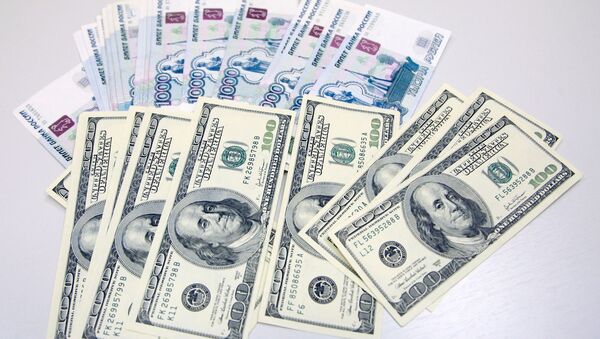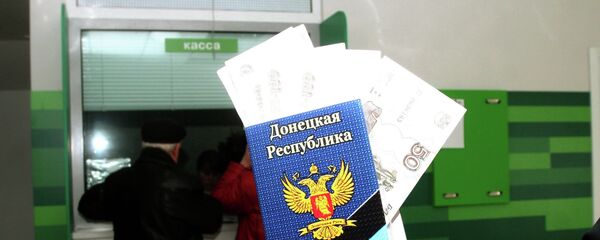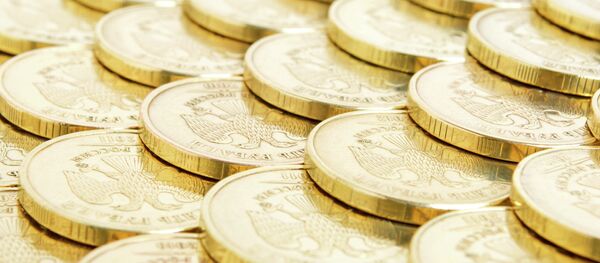According to figures from the Moscow Exchange, at 9.15 on Thursday morning the dollar was trading at 49.088 rubles, and the Euro was trading at 55.665 rubles. The figures continue the previous day's strengthening of the ruble, which saw the dollar below 50 rubles for the first time in six months. At the opening of trading on Wednesday, the dollar was 49.85 rubles, and the euro 55.67 rubles.
The fall in the dollar's value reflects a trend seen across markets on Wednesday, as the US currency weakened against the yen and euro after the release of US sales data for April showed a more modest increase in consumer spending than forecasts from economists had anticipated. The data lessened the expectations of the market that the US Federal Reserve will raise interest rates this year, for the first time in nine years.
The ruble's strengthening can be attributed in large part to the rise in the price of oil; according to data from Marketwatch, at close on Wednesday Brent crude was trading at $67.27 a barrel.
Economic expert Vasiliy Yakimkin told Gazeta.ru that in the coming months, the ruble could strengthen to as much as 46 to the dollar, as a result of rising oil prices. According to the report, the ruble was also helped by the publication of an analysis by Bloomberg on the poor prospects for shale oil in Europe, which according to the agency, despite the promises of a "shale revolution," has instead "turned out to be a dud."
Anastasiya Sosnovaya, an analyst from the bank Russian Capital, forecast that the rate of exchange would reach 48 rubles to the dollar in the coming week, while Sergey Mihailov of Absolut Bank predicted that Russia's Central Bank would take action if the currency strengthens further, including the possibility of lowering its key interest rate from its current 12.5 percent, and increasing the interest rates on currency repurchase agreements.
"We didn't agree on everything in the negotiations, but today's meeting allowed us to better understand each other," said Russian Foreign Minister Sergey Lavrov after the meeting, the first visit to Russia by the US Secretary of State for two years. "We have an understanding on the necessity to avoid measures which could inflict long-term damage on bilateral relations between Russia and the US, and cooperation between our countries in many different areas."
This week's rise in the ruble is in keeping with forecasts from financial services experts ProFinance, who on Tuesday predicted the ruble's continuing increase in value, despite weak economic indicators for the economy as a whole.
According to the analysts, the increase will continue due to a range of factors, including the return of foreign speculators to the ruble in the expectation of a future fall in value, the return of Russian importers and the retail sector to the Russian currency in the hope of covering the losses accumulated after they had amassed dollars at the end of 2014, and the sale by Russian exporters of their dollar reserves, in part due to the nearing of the end-of-month tax period.



